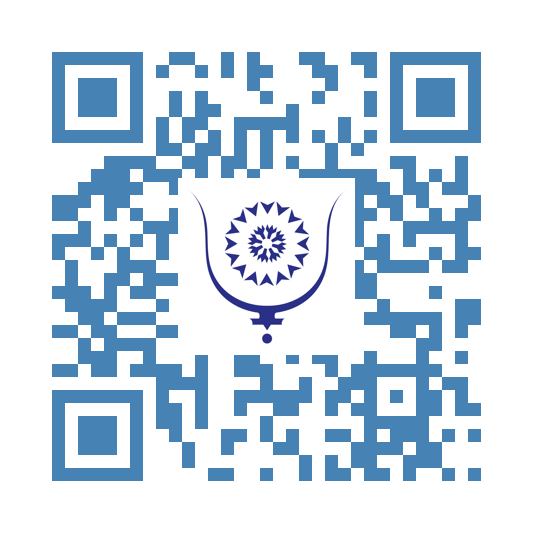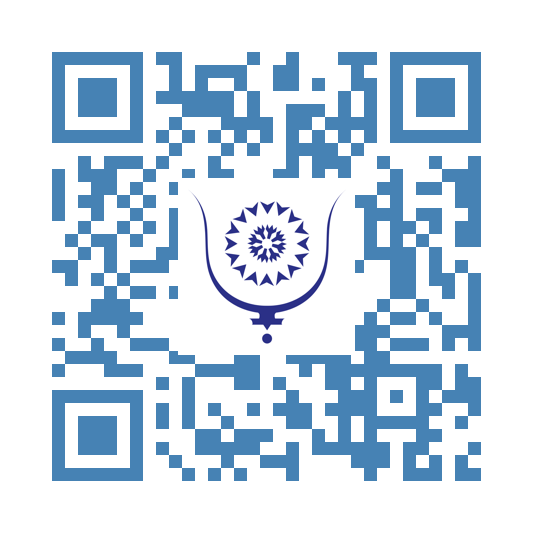L’étrange syndrome de l’odeur du poisson pourri 1416
Le syndrome de l’odeur du poisson pourri, appelé la triméthylaminurie, est un désordre métabolique rare où l’organisme est incapable de transformer une substance volatile mal odorante (la triméthylamine) en une autre sans odeur (oxyde de triméthylamine). Cette pathologie est connue en anglais sous le nom de Fish odor syndrome » (FOS)
La triméthylamine (TMA) provient de certains aliments notamment les poissons de mer, les cacahuètes, les œufs et certains légumes. En l’absence de sa dégradation, elle s’accumule dans l'organisme et s’évapore par la sueur, l'urine et l'expiration, avec une forte odeur de poisson.
LES CAUSES
C’est une défaillance génétique de l’enzyme qui dégrade la TMA produite elle-même de la dégradation bactérienne intestinale d’aliments riches en ses précurseurs (choline, lécithine et carnitine). La TMA ainsi produite dans l’intestin sera rapidement transformée dans le foie et éliminée dans les urines sous forme d’oxyde de TMA.
L’enzyme peut être totalement absente et la maladie s’exprime alors chez les enfants dès la diversification alimentaire. Si cette absence est partielle, les mauvaises odeurs sont intermittentes.
Les personnes atteintes ont deux copies du gène défectueux . Les parents eux-mêmes peuvent n'avoir qu'une seule copie du gène défectueux et la pathologie sera transmise uniquement si les deux parents sont tous les deux porteurs d’une ou deux copies du gène défectueux ; ce qui signifie qu'une personne atteinte ne transmettra la maladie que si son partenaire est porteur.
LES SIGNES
Une odeur corporelle de poisson extrêmement désagréable que le corps dégage par la sueur, l’urine, la salive et l’haleine et même l’air expiré. L’intensité de cette odeur est variable d’une personne à l’autre et avec le temps. Ces symptômes difficiles à vivre peuvent entraîner un isolement, de l’anxiété et la dépression. On estime que plus de 200 personnes en seraient touchées dans le monde.
LE TRAITEMENT DE CE SYNDROME
Il n’existe actuellement aucun traitement curatif de la maladie. Les symptômes peuvent être fortement atténués par l’éviction de certains produits riches en TMA et ses précurseurs. Certains antibiotiques sont utiles en cures courtes pour réduire l’activité microbienne intestinale.
Se laver fréquemment avec un savon acide et faire des exercices intenses avec sudation suivis par un lavage permet aussi une réduction des odeurs.
Dr MOUSSAYER KHADIJA الدكتورة خديجة موسيار
Spécialiste en médecine interne et en Gériatrie, Présidente de l’association marocaine des maladies auto-immunes et systémiques (AMMAIS), Présidente de l’Alliance Maladies Rares au Maroc (AMRM)
اختصاصية في الطب الباطني و أمراض الشيخوخة
رئيسة الجمعية المغربية لأمراض المناعة الذاتية و والجهازية , رئيسة ائتلاف الأمراض النادرة المغرب
BIBLIOGRAPHIE
- S. Nicolas and al, Le « Fish odor syndrome » : une maladie socialement invalidante - Fish odor syndrome : A socially disabling disorder, La Revue de Médecine Interne
Volume 43, Issue 3, March 2022, Pages 178-180 https://doi.org/10.1016/j.revmed.2021.12.010
- Qu’est-ce que le syndrome de l’odeur du poisson ? Fréquence Médicale
https://www.frequencemedicale.com/oncothoracique/patient/25623-Qu-est-ce-que-le-syndrome-de-l-odeur-du-poisson
- Messenger J, Clark S, Massick S, Bechtel M. A review of trimethylaminuria: (fish odor syndrome). J Clin Aesthet Dermatol. 2013 Nov;6(11):45-8. PMID: 24307925; PMCID: PMC3848652.
OVERVIEW
Trimethylaminuria, or fish odor syndrome (FOS), is a condition characterized by the presence of trimethylamine (TMA)—a tertiary amine whose odor is described as resembling that of rotting fish—in the urine, sweat, and expired air.
POUR EN SAVOIR PLUS, D’AUTRES EXEMPLES DE MALADIES TRES RARES
On estime qu’une maladie est rare lorsqu’elle touche une faible fraction de la population. En Europe, le seuil est fixé à moins d’une personne sur 2 000. Certaines de ces pathologies ne peuvent concerner que quelques centaines de personnes dans le monde. Ainsi à titre d’exemple :
Progéria
La progéria, est une maladie génétique extrêmement rare qui accélère le vieillissement des nouveau-nés. Sa prévalence est exceptionnellement faible : 1 nouveau-né sur 7 000 000. Il n’y a pas de remède pour cette maladie génétique et la plupart des patients décèdent avant l’âge de 13 ans, atteignant exceptionnellement l’âge de 20 ans.
Atrophie hémifaciale progressive
Cette maladie affecte la peau, les muscles faciaux et les structures osseuses du visage. Elle n’implique généralement qu’un seul des plans de la tête (d’où son nom, hémifacial). L’atrophie unilatérale donne au patient un aspect très étrange, comme si la moitié de son visage était en train de se décomposer. Il n’y a pas de traitement pour cette affection, mais on emploie souvent la chirurgie esthétique pour en réduire le phénomène
L'ostéogenèse imparfaite
L’ostéogenèse imparfaite, ou maladie « des os de verre », est une affection génétique, caractérisée par une fragilité osseuse et une faible masse osseuse à l’origine de fractures à répétition, survenant à la suite de traumatismes bénins L'on compte environ un malade pour 10 000 à 20 000 personnes et elle ne peut donc être considérée comme "très rare"
L’ostéogenèse imparfaite chez l'enfant ainsi que ces troubles annexes peuvent être traitées par différents traitements médicaux et chirurgicaux : traitement des fractures : en évitant les immobilisations trop rigides et trop prolongées, lutte contre la douleur des fractures du tassement vertébral par des médications ou par des contentions, apport régulier de vitamine D avec des ajouts de calcium si besoin…
L’ALLIANCE DES MALADIES RARES AU MAROC (AMRM)
Depuis sa création en 2017, l’ALLIANCE travaille au quotidien avec beaucoup d’associations marocaines spécifiques pour une maladie donnée. Elle a d'ailleurs déjà signé des conventions de partenariat « stratégiques » avec 12 associations de patients : 1/Association de syndrome de Rett (AMSR) , 2/ Association de Solidarité avec les Enfants de la Lune au Maroc (A.S.E.L.M.) , 3/ Association de l’amyotrophie spinale (SMA) , 4 / association SOS Pku , 5/ association marocaine des malades d’angioedème héréditaire (AMMAO) , 6/ Association Marocaine pour la Santé de l’Enfant et de la Mère (AMSEM) , 7/ Association S.O.S Marfantime (S.O.S.M.) , 8/Association Prader Willi Maroc (P.W.M.) , 9/ Association Flamme d'Espoir pour les Autistes et les Patients atteints de la PKU , 10/ Association marocaine pour les enfants souffrant d’ostéoporose (Ostéogenèse imparfaite) A.M.E.O.S , 11/ Association Marocaine de Mucoviscidose (AMM) , 12/ Association Fragile X Maroc (FxMa) .
Au sein du bureau de l’Alliance, la présidente est entourée notamment du : Dr Fouzia Chraibi, ,Vice –Présidente , Dr Mounir Filali, Secrétaire général, M Mohammed Elaidi, Secrétaire général adjoint, Mme Najat Kababi, Trésorière et de Mme Fatima Lahouiry, Trésorière adjointe



